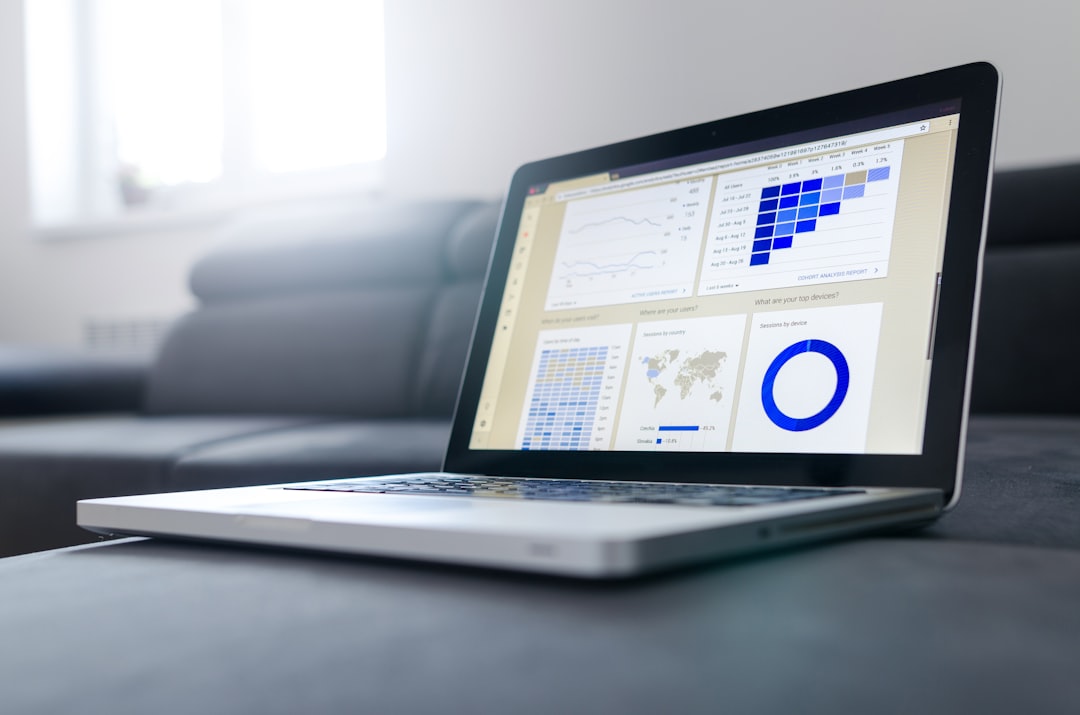
Strategic Agent Control: Effective Decision Making Through Graphical Analysis
In a world increasingly driven by data, the need for effective decision-making tools has never been greater. Strategic Agent Control (SAC) is at the forefront of this evolution, utilizing graphical analysis to enhance decision-making processes across various sectors. This post delves into how SAC can transform decision-making through visual insights, emerging trends, and practical applications.
Understanding Strategic Agent Control
Strategic Agent Control refers to systems that enable organizations to manage their resources and operations effectively. By leveraging advanced algorithms and data analytics, SAC allows organizations to analyze large datasets in real-time, facilitating informed decision-making. Graphical analysis plays a vital role in this process by representing complex data visually, making it easier for stakeholders to understand and act upon.
The Importance of Graphical Analysis
Graphical analysis is crucial in Strategic Agent Control as it simplifies data interpretation. Through charts, graphs, and dashboards, decision-makers can quickly identify trends, patterns, and anomalies. This visual representation of data not only improves comprehension but also enhances communication among teams. For instance, a sales team can utilize graphical analysis to visualize quarterly performance, making it easier to identify which products are underperforming and require strategic interventions.
Current Developments in SAC
1. AI and Machine Learning Integration
Artificial Intelligence (AI) and Machine Learning (ML) are revolutionizing Strategic Agent Control by providing predictive analytics capabilities. These technologies analyze historical data to forecast future trends, allowing organizations to make proactive decisions. For example, a retail company can predict customer purchasing behavior, optimizing inventory levels and reducing waste.
2. Real-Time Data Processing
With the advent of IoT (Internet of Things) devices, organizations can now access real-time data streams. Strategic Agent Control systems can process this data instantly, enabling rapid decision-making. For instance, in manufacturing, real-time data analysis can help identify machinery malfunctions, reducing downtime and improving efficiency.
3. Enhanced User Interfaces
Modern SAC tools are increasingly user-friendly, featuring intuitive graphical interfaces. These enhancements allow users, regardless of their technical expertise, to interact with complex data sets easily. A finance team can use drag-and-drop features to create visual reports without needing extensive data analysis training.
Practical Applications of SAC
Case Study: Healthcare Industry
In the healthcare sector, Strategic Agent Control systems are employed to improve patient outcomes. Hospitals use graphical analysis to monitor patient data, identify trends in treatment effectiveness, and allocate resources efficiently. For instance, a hospital may analyze patient admission rates through visual dashboards, allowing them to plan for peak times and ensure adequate staffing.
Case Study: Supply Chain Management
In supply chain management, SAC tools can optimize logistics operations. By visualizing shipment data, organizations can identify bottlenecks and streamline processes. For example, a logistics company may use graphical analysis to track delivery times, helping them to make informed decisions about route optimization and resource allocation.
Expert Opinions
According to Dr. Jane Smith, a leading expert in data analytics, “The integration of graphical analysis within Strategic Agent Control systems is a game-changer. It not only empowers organizations to make data-driven decisions but also fosters a culture of transparency and collaboration.”
Future Trends in Strategic Agent Control
As technology evolves, the future of Strategic Agent Control will likely see:
- Increased Automation: More organizations will automate decision-making processes, allowing for quicker responses to changing circumstances.
- Advanced Data Visualization Techniques: Innovations in data visualization will provide even more dynamic and interactive graphical representations.
- Collaborative Decision-Making Platforms: Tools that encourage teamwork through shared graphical analysis will become more prevalent, enhancing collective decision-making.
Further Reading and Resources
To expand your knowledge on Strategic Agent Control and graphical analysis, consider exploring the following resources:
- Harvard Business Review on Data-Driven Decision Making
- MIT Sloan Management Review: The New Science of Customer Emotions
- Tableau for Data Visualization
By exploring these resources, you will gain deeper insights into how organizations can leverage data for strategic advantage.
Conclusion
Strategic Agent Control and graphical analysis represent a powerful combination for effective decision-making. As data continues to grow in complexity, organizations that adopt these tools will not only enhance their decision-making capabilities but also gain a competitive edge in their respective industries. Embrace the power of graphical analysis in your decision-making processes, and witness the transformation it brings to your organization.
If you found this article insightful, consider sharing it with your network or subscribing to our newsletter for more updates on technology trends and innovations.


